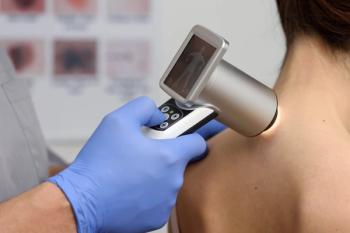
Payer risk adjustment strategies: Getting paid sooner
Medicare Advantage plans that are slow to submit risk adjustment data are at a big disadvantage.
As we head toward the finish line on tax time, roughly
KlugmanWhen Medicare Advantage plans are slow to submit risk adjustment data regarding care that has already been delivered, both providers and health plans find themselves in a situation similar to that of taxpayers: The government holds onto money that rightfully should be theirs. Which means they’re providing an interest-free loan to the government at a time when most are already facing revenue challenges.
If plans can complete the
Of course, if they still fail to meet the final reconciliation deadline, all of that money is lost. And unlike taxes, where you can
Why do payers and providers struggle to meet these very clear deadlines and cost themselves money? There are two key reasons.
1. Lack of information about patients at the time of care.
This issue can be solved through a combination of payer/provider collaboration to deliver a 360 degree view of the patient/member and analytics to determine a course of action.
Often when patients come in to see their physicians they are only focused on their immediate issues. For example, a diabetic with a sore shoulder will focus on the shoulder pain and forget to bring up any diabetes-related issues. If the physician doesn’t have information about the patient’s previous history available at the time of care the care gaps may be ignored. The organization then misses an opportunity to provide care that can contribute to the patient’s health and improve risk scores. As a result they cannot be reimbursed for delivering diabetes care and the PMPM (per member per month) cost remains too low.
By creating greater transparency around health information between payers and providers, it becomes easier to understand what CMS has as its source of truth regarding documented care. Quality analytics drawing from both sources will help identify those opportunities-such as missing HbA1c labs or the need for an eye/foot exam in the case of a diabetic-so physicians can address them during the visit and close the care gaps. Working from the same set of data, payers and providers can collaborate to improve both risk scores and reimbursements.
2. The inability to prioritize outreach to ensure the highest-risk patients/members are being seen and the documentation is complete and ready to file by the sweep dates.
This issue can be addressed by using analytics to identify the highest-risk patients with the most care gaps.
Working together, payers and providers can prioritize which patients/members should be contacted for immediate visits before the sweep deadlines, how they should be contacted and which organization (payer or provider) should manage the process depending on their resources and known patient/member preferences.
While receiving a large lump sum payment might feel good at the time, the reality is individuals and organizations are better served by having that money available throughout the year. Getting there, however, can be difficult.
With payer/provider collaboration and the right analytics, both sides can do a better job of managing cash flow and reducing financial risk.
Pam Klugman is a senior vice president at
Newsletter
Get the latest industry news, event updates, and more from Managed healthcare Executive.






















































